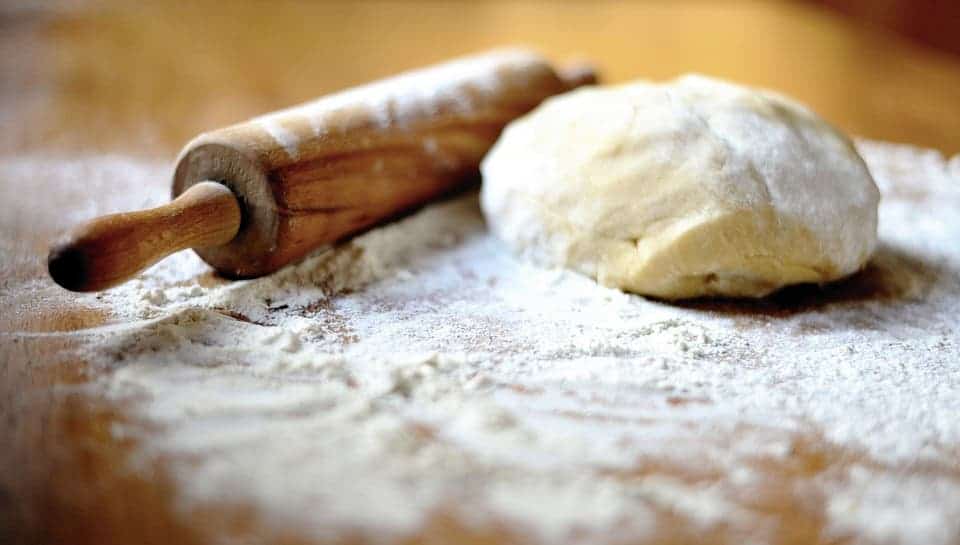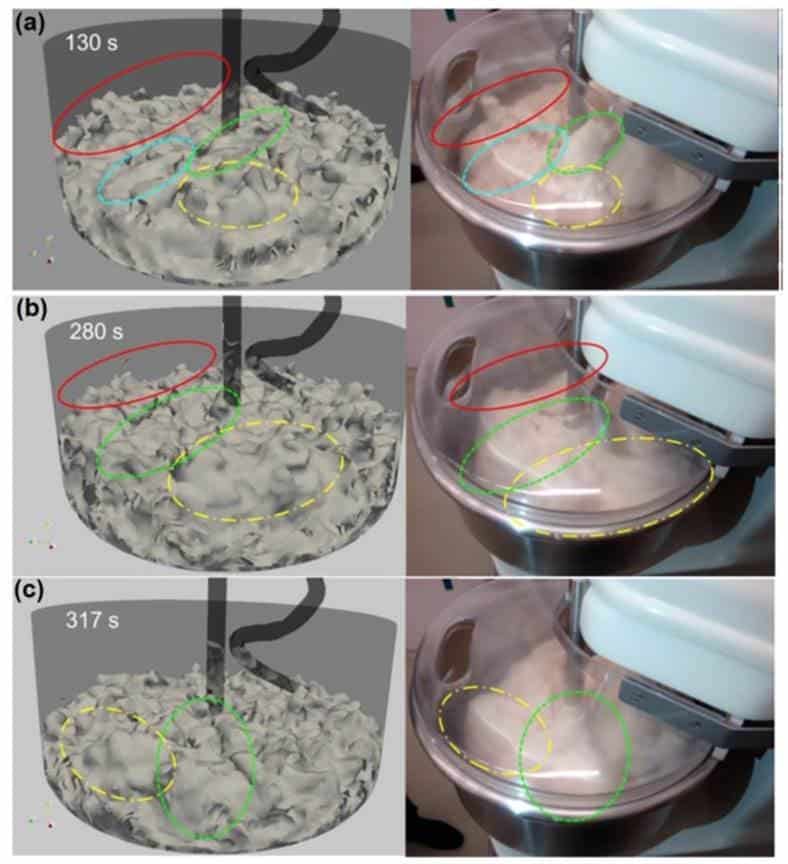
Humans have been making bread for thousands of years. The world’s oldest evidence of bread-making has been found in a 14,500-year-old Natufian site in Jordan’s northeastern desert, and by 12,000 years ago, bread-making was virtually ubiquitous. Bread is a staple across all continents and most cultures, and although there may be major variations in the ingredients, the bread-making process has remained surprisingly similar over the millennia.
Across the world, bakers have been using the same 4 basic ingredients: flour, salt, water and yeast. Sure enough, seeds, fruits, or other ingredients can be added to the composition, but these 4 ingredients are the core of all bread. However, as all bakers will tell you, it’s not just the ingredients that make a good product: the kneading process and the amount of time the dough is given to rise are also crucial for baking a tasty bread.
The dough itself is a surprisingly complex material. Its mechanical properties are somewhere between those of a viscous liquid and an elastic solid. It’s also quite a finicky material to work with — any error can be lead to subpar bread.

The rising of the dough is also a surprisingly complex phenomenon.
The first part is simple in principle: the yeast produces carbon dioxide, causing pockets of gas to expand like tiny balloons. These pockets of air grow more and more until they connect with other pockets, creating a sponge-like structure. But the yeast itself cannot produce the bubbles because of something called Laplace pressure — the inverse of surface tension. Bubble formation therefore relies on a process called nucleation — which takes place when we let the dough rise.
But in order for all this to take place, the dough first needs to undergo kneading. Kneading warms and stretches strands of gluten until the entire structure is springy and elastic. If you don’t knead it enough, the dough will not be able to hold the tiny pockets of air and will collapse, producing a heavy and dense loaf. Kneading is basically putting the dough on a floured surface, pressing and stretching it, rotating it by 90°, and then repeating thisover and over. This is what makes the dough elastic and smooth.
“Because of its elasticity, dough overcomes gravitational forces during kneading and moves toward the rotating rod, then climbs up it. If you’ve ever used a kneader or mixer to make dough in your kitchen, you’ve probably observed this phenomenon,” said co-author Natalie Germann.
Of course, you don’t need to know all the physics behind it to make bread — but it can help if you want to improve bread-making. Germann and colleagues used 3D computer simulations of the dough’s physical properties, as well as the interactions between the air and the dough. They then created a geometric model of industrial kneaders to obtain a model as close to reality as possible.

This is the first known 3D dough knead simulation conducted with an industrial kneader. These simulations provide information about what’s happening inside the dough and on its surface over time — and they’ve already yielded some interesting conclusions: researchers believe they’ve found a good way to improve the performance of industrial kneaders.
“Our computer simulations showed that vertical mixing isn’t as good as the radial mixing in the spiral kneader we considered in our work. In the future, mixing performance may be enhanced by using a more highly curved spiral arm or two spiral arms similar to kneading by hand.”
Researchers emphasize that the intricacies of breadmaking still hold plenty of mystery, but physics can reveal these secrets and lead to innovative changes in bread-making.
Journal Reference: “Numerical and experimental investigation of dough kneading in a three-dimensional spiral kneader,” is authored by Laila Abu-Farah, Thomas B. Goudoulas, Soroush Hooshyar and Natalie Germann. It will appear in Physics of Fluids on Nov. 26, 2019 (DOI: 10.1063/1.5122261).


